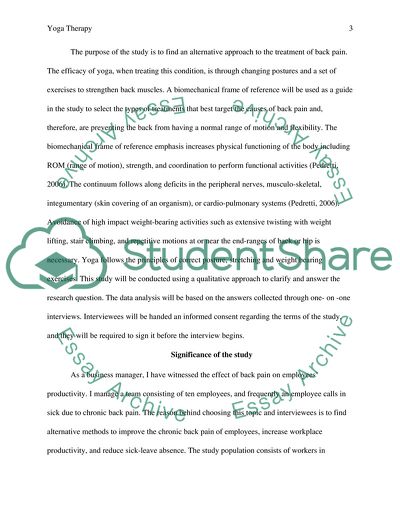Cite this document
(The Use of Yoga as a Strategy for Back Pain Prevention at the Coursework Example | Topics and Well Written Essays - 1500 words, n.d.)
The Use of Yoga as a Strategy for Back Pain Prevention at the Coursework Example | Topics and Well Written Essays - 1500 words. https://studentshare.org/health-sciences-medicine/1790875-unit-7-application
The Use of Yoga as a Strategy for Back Pain Prevention at the Coursework Example | Topics and Well Written Essays - 1500 words. https://studentshare.org/health-sciences-medicine/1790875-unit-7-application
(The Use of Yoga As a Strategy for Back Pain Prevention at the Coursework Example | Topics and Well Written Essays - 1500 Words)
The Use of Yoga As a Strategy for Back Pain Prevention at the Coursework Example | Topics and Well Written Essays - 1500 Words. https://studentshare.org/health-sciences-medicine/1790875-unit-7-application.
The Use of Yoga As a Strategy for Back Pain Prevention at the Coursework Example | Topics and Well Written Essays - 1500 Words. https://studentshare.org/health-sciences-medicine/1790875-unit-7-application.
“The Use of Yoga As a Strategy for Back Pain Prevention at the Coursework Example | Topics and Well Written Essays - 1500 Words”. https://studentshare.org/health-sciences-medicine/1790875-unit-7-application.


